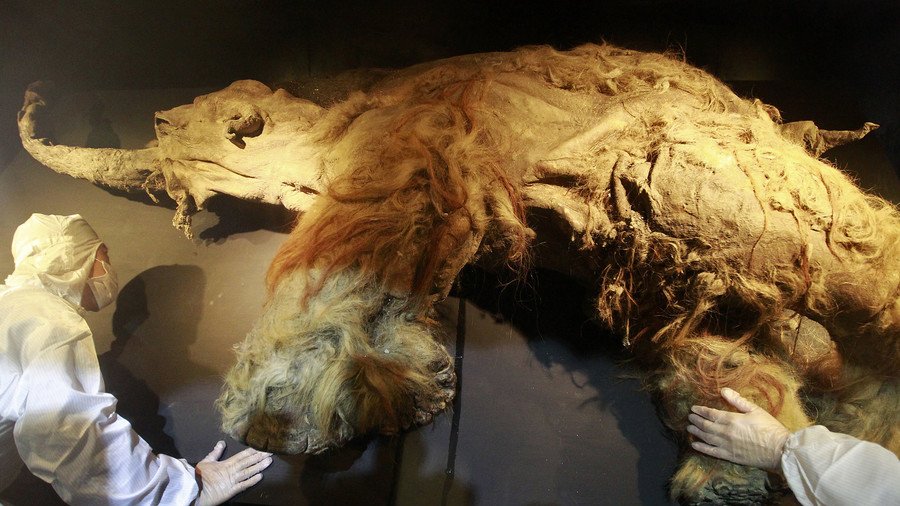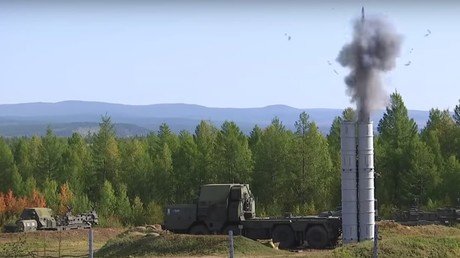Cloned woolly mammoths will roam Siberia again within a decade, region head predicts

Russia’s answer to ‘Jurassic Park’ will be inhabited by born-again woolly mammoths in less than ten years, said the acting head of Russia’s Sakha Republic, Aisen Nikolaev.
This ‘miracle’ will happen within a decade, Nikolaev said at the Eastern Economic Forum (EEF) in Vladivostok, pointing to the country’s collaboration with Korean and Japanese scientists.
“We are actively working with South Korea,” he said, predicting that the resurrection of the extinct woolly beasts is imminent. “Back in 2014, a group of my friends and I proposed a project to create an Ice Age Park with mammoths - everyone laughed then, but they’re not laughing now.”
Dolly the Sheep 20 years on: How far has cloning developed? https://t.co/bF59XO6GBbpic.twitter.com/oq1J1Fz7OX
— RT (@RT_com) February 22, 2017
The Sakha Republic –also known as Yakutia– is home to Pleistocene Park, an ice-age version of Jurassic park that is seeking to recreate the ecosystem that was dominant when mammoths thrived.
Nikolaev believes, however, that it’s not fantastical to think that cloned beasts will roam the nature reserve in the near future. “This is the project of the future,” he told Russian media. “I believe that in the lifetime of our generation we will be able to clone mammoths.
Real-life ‘Jurassic Park’? Siberian lab set to clone extinct mammals
All prerequisites for this are there,” he said, adding that the technology was developing at an explosive pace.
Cloning experiments have already begun in the region on extinct ancient horses and cave lions in preparation for the revolutionary restoring of the woolly mammoth, reported the Siberian Times.
Back in 2012 a research institute in the Sakha Republic signed an agreement with South Korea's Sooam Biotech Research Foundation outlining their intention to produce a living mammoth. Meanwhile, researchers in Harvard have also been working on creating a woolly mammoth and elephant hybrid. If the cloning attempts are successful, theses creatures would also be taken to Pleistocene Park.
Ice Age Park? Russian, S.Korean scientists to clone woolly mammoth
The majority of woolly mammoths were wiped out 10,000 years ago; however a small population endured in Northern Siberia for some 6,000 more years after the mammoths of the mainland had died off.
Think your friends would be interested? Share this story!













